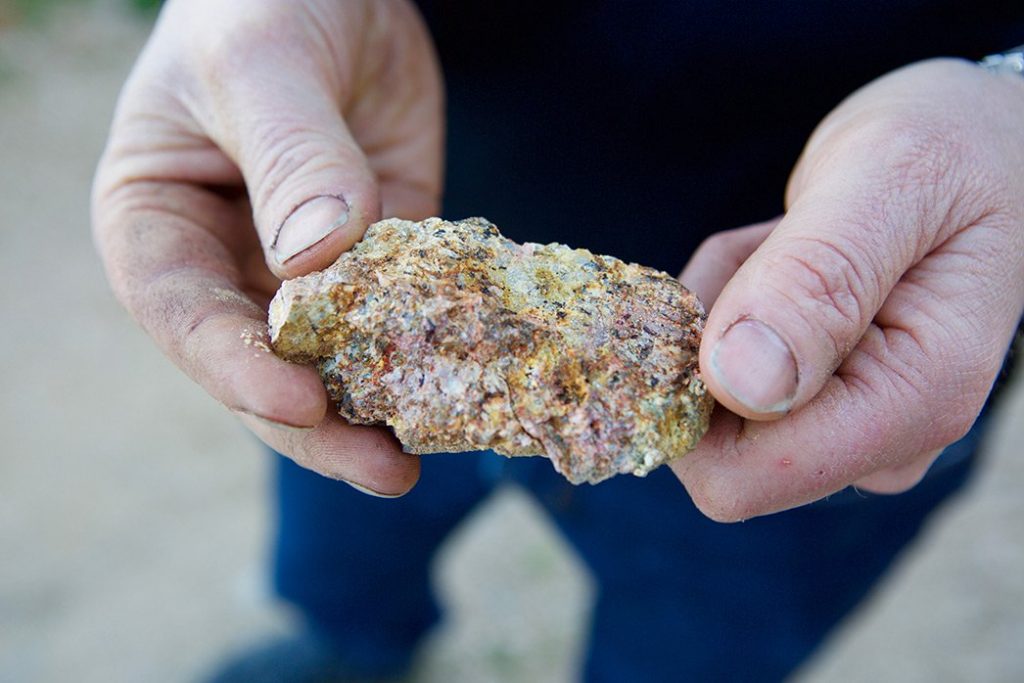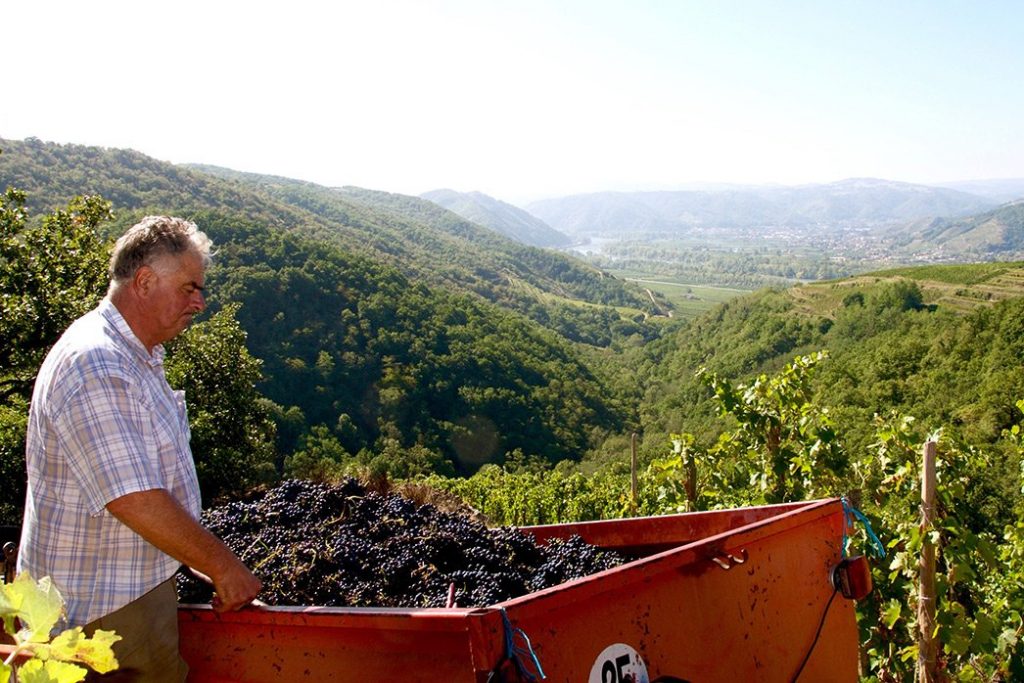
Over the last couple of decades, despite the persistent churn of changing wine trends, some vignerons steadfastly affirmed their terroir vows. No matter how unappealing their honestly crafted wines were to some, these vignerons resisted the temptation to cater to critics that awarded high scores to hulking wines and so were lost in the shuffle during those darker days of wine.
Back then the fashion was too much hand in the wine, and these days it’s nearly no hand at all. Sadly, today’s hands off winemakers often leave their grapes—many from gorgeously farmed vines—unprotected, paving the way to disfigurement and death before most make it to the bottle. Today’s wine is often a different kind of bad, where the smell of decay and rot replaces tastelessly over-made, soulless, candied wines. (Truth be told, I’d take the tastelessly made wines over the ones that test my gag reflex.)
In the fine wine trade the pendulum swung away from the heavy hitters and more recently, away from the extreme naturalists, with their new brand of flaws. The market trend went from the big boys almost straight into the ideologically pure natural boys, which kept traditional gems like the Rousset family under the radar for a long time. However, this explanation of how the Roussets and their most talented vineyard have been missed all these years seems inadequate.
During my first visit with Stéphane, he mentioned that he had an importer at one time (a famous one, no less) who, shortly after they started working together, abruptly stopped placing orders with no explanation. It was around the early to mid-2000s, about the time when the Rhone climate went through a short crisis, and Rousset’s wines might not have been in best form for their coming out party.
The Northern Rhône Valley had just experienced a number of good to very good vintages between 1995 and 2001—each had their virtues, and certainly some were much better than others. Then came the disastrous 2002 vintage. A terribly rainy season spoiled the streak—though there are some surprises here and there.
Then came the heat. In 2003, unprecedented temperatures were responsible for the deaths of nearly 15,000 French citizens, primarily the elderly. Unlike any vintage since—even in our current record-breaking years—the heat was relentless from bud break to the day the grapes were harvested. It was an especially tough vintage for those who like elegant wines, while being a banner year for people who like to get knocked out by high alcohol, power and extraction.
Livingston-Learmonth gave Rousset’s wines from 1999 through 2001 very good reviews, but then came 2002 and 2003. According to his tasting notes Rousset also struggled (as did many producers in Crozes-Hermitage) between 2004 and 2008—though a second look at Rousset’s 2005s warranted an upgrade from a prior review. It’s just a guess, but this mix of vintages might have made it difficult to understand Rousset’s elegant style, which could be one reason why his importer pulled the plug after just beginning in 2006.
The years between 2002 and 2008 were obviously impacted by dramatic climate shifts from one year to the next, and it put every vigneron to the test. However, in 2009, Livingston-Learmonth’s reviews on Rousset changed; things got better, and stayed better.
In Livingston-Learmonth’s book, Robert Rousset is one of Crozes-Hermitage’s beacons of light, and Les Picaudières is the greatest terroir in the more than 1700 hectares of the appellation. The book was published twelve years ago, and given the consistent high quality of Stephane’s wines over the last six vintages and the pedigree of his holdings, it’s hard to believe they weren’t snapped up by new importer.

If Rousset wasn’t on Norman’s radar, it’s surprising that he didn’t at least mention Les Picaudières. The “backbone of Hermitage,” as Norman put it, Les Bessards, is the closest in elevation, steepness and soil type to Les Picaudières on this side of the river. Perhaps pulling out the measuring stick to compare a Crozes vineyard to one of Hermitage’s best was a stretch; after all, it was Crozes-Hermitage, and Roure, likely the largest landholder of Les Picaudières, hadn’t hit one out of the park in decades.
Click here for Part 3: The Rise of Stéphane Rousset and Les Picaudières

